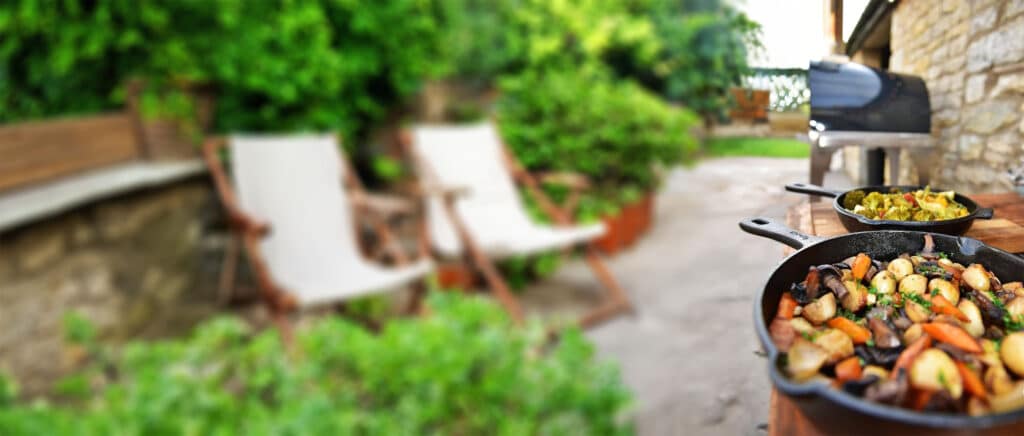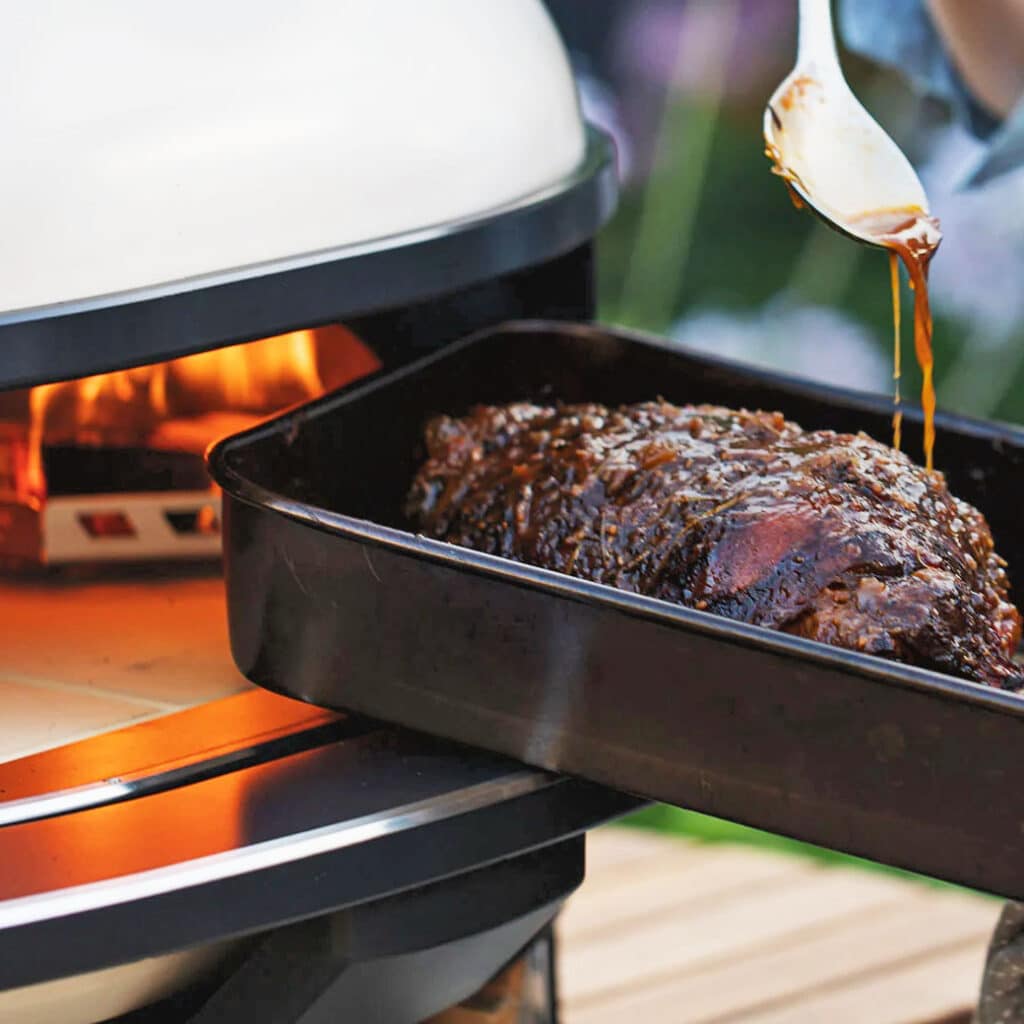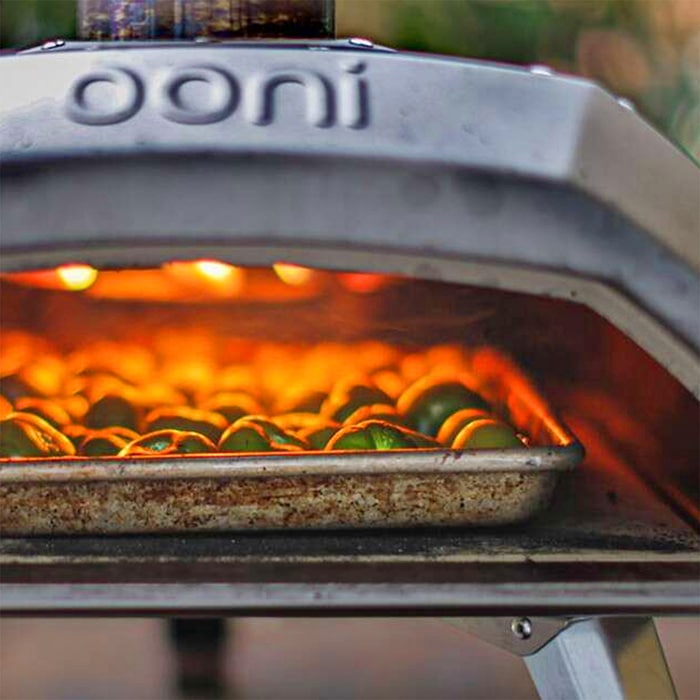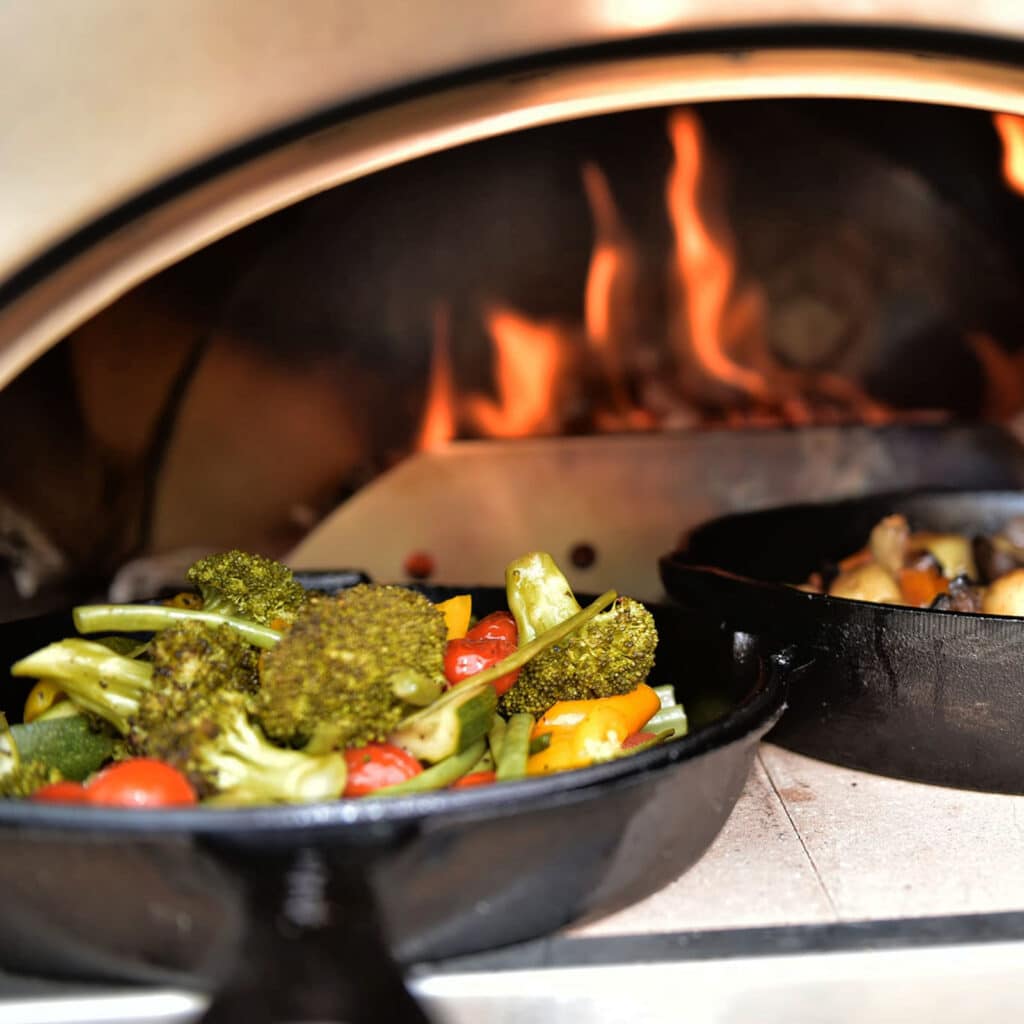All Blogs
Cooking with Residual Heat in Your Pizza Oven
The best pizza ovens are designed to hold and retain heat long after the flames have died down. Most people just let the oven cool down, give it a little sweep and tuck it back up until next time. But leaving that residual heat to go to waste is nothing short of a crime! Using that residual heat is an efficient way to expand the capabilities of your pizza oven and really get the most out of it. From baking bread and desserts to slow-cooking meats and vegetables, the possibilities are endless.
Why Residual Heat Matters
Whether you’ve got an Ooni, Gozney, Igneus, or Clementi pizza oven, the insulating properties built within your oven are designed to store heat deep in the oven floor and walls. This is for two primary reasons. One, so the oven heats up quickly. Two, so it doesn’t burn through fuel too quickly. The bonus part of this is how the oven retains this heat after the flame has died. Making use of this lingering heat is not only efficient but also a great way to experiment with new flavours and techniques.
We all know that pizzas and flatbreads need incredibly high temperatures, but they’re actually quite unique in that respect. Most foods require a much more modest temperature, ranging from 100°C to 250 °C. As mentioned above, baking bread and desserts is an ideal option. But also, slow-roasting meats like brisket and pork loin and even vegetables, is a brilliant option.
Baking Bread and Desserts
One of the most popular ways of using a pizza oven’s residual heat is by baking bread and desserts. A temperature range of around 200°C to 260°C is ideal for creating a crisp crust with a soft, light interior. If you want to go the extra mile, you can add an element of steam into the oven too, by adding a small tray of boiled water, or if you own a Gozney Dome, you can purchase the Steam Injector accessory.
Desserts are another delicious option that always goes down a treat with guests at a pizza party. It also makes perfect sense as it’s a natural progression from the main event. And who doesn’t save room for dessert!? You can bake desserts like fruit crumbles, pies, or even gooey skillet cookies and pancake stacks. Cast-iron pans are pizza oven safe and are particularly useful for these recipes, as they help hold heat evenly. For those who want to get a little more technical, you could even try your hand at chocolate fondants.

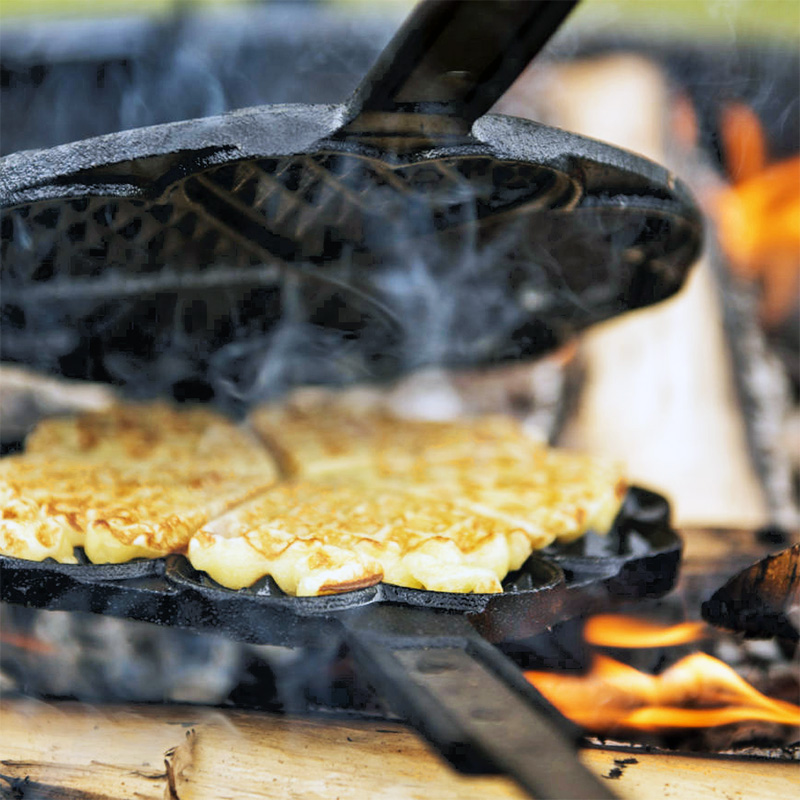
Slow Roasts
Slow roasts are an epic way to get the most out of that residual heat, but should really be kept to larger ovens that have superior insulation compared to portable pizza ovens. It should also be said that if using a gas pizza oven, slow roasting larger cuts of meat might not be an option, whereas the remaining embers of a wood-fired pizza oven work a treat.
Meats like pork loin, brisket, or leg of lamb benefit from the oven’s steady, declining warmth. Adding the door to your pizza oven is a great way to ensure that the temperature doesn’t come down too quickly.
Roasting isn’t just for meat either. Why not try cooking dedicated fish like salmon fillets or whole seabass? Fish En Papillote is a brilliant way to maximise flavour, too. Adding ingredients like vine cherry tomatoes, samphire, lemon, green olives and a splash of olive oil, then wrapping up in parchment paper creates an amazing dish that’s as elegant as it is easy.
Quirky Side Dishes
If you’re looking for something quick and easy, you can just bung it in the oven as it’s cooling, look no further. Try wrapping whole bulbs of garlic in aluminium foil and baking until soft. Then, squeeze the soft, caramelised garlic out to be used in sauces, mixed with mayo, or even spread on that freshly baked bread!
If you’ve gone all out and made a roast in your pizza oven, use that residual heat to make some incredible gooey cauliflower cheese or sticky roast root vegetables such as carrots, parsnips, and beetroot. Cut them small enough so they cook quickly and add a drizzle of honey partway through the cooking process to speed up the caramelisation. This type of food doesn’t need a roaring flame; in fact, it’s better without it, as the intense heat from the flames can burn the food before it’s had a chance to cook through. As long as the pizza oven is in that range of between 100°C to 250°C, you’ll be fine.
Final Thoughts
Cooking with residual heat transforms your pizza oven into something that’s both versatile and energy efficient. From artisan loaves to show-stopping desserts and incredible roasts, it’s a way to keep enjoying your oven long after the last pizza.
As always, if you want any help choosing your first or next pizza oven, or any accessories to boot, you can reach out to us on our socials, by calling us on 01423 608648, or send us an email at

